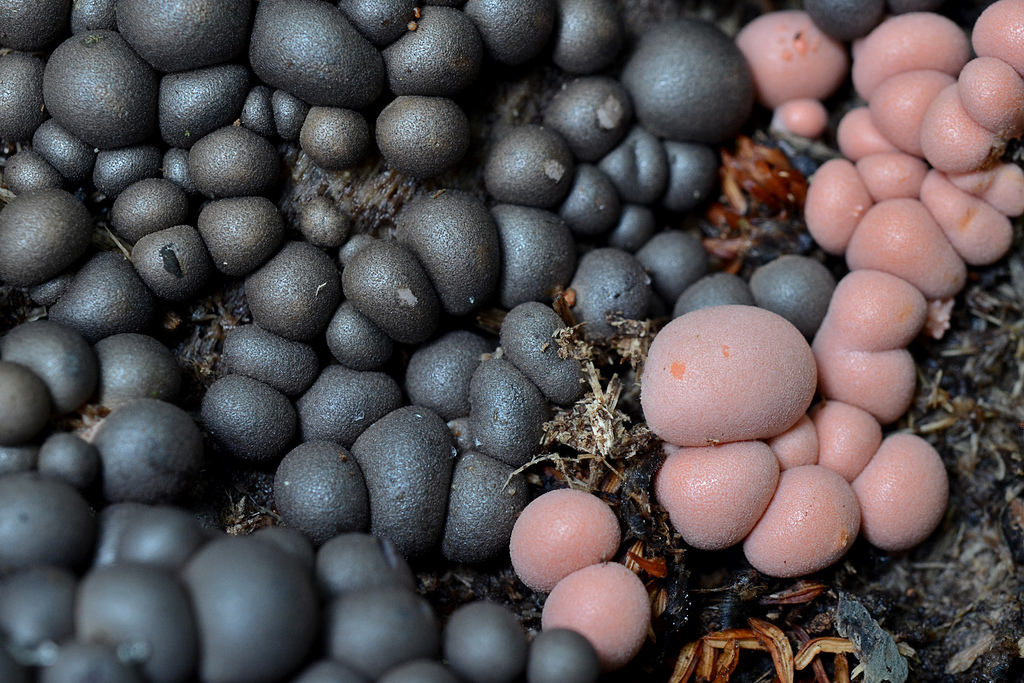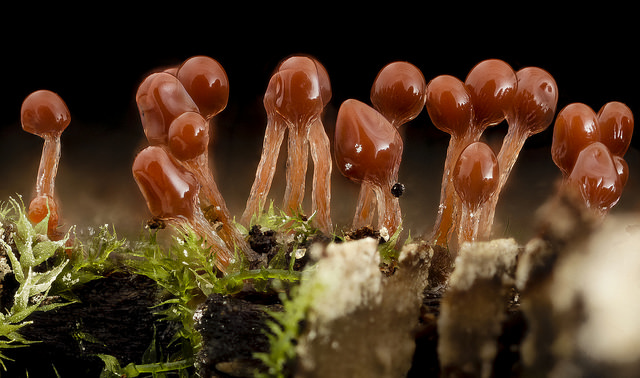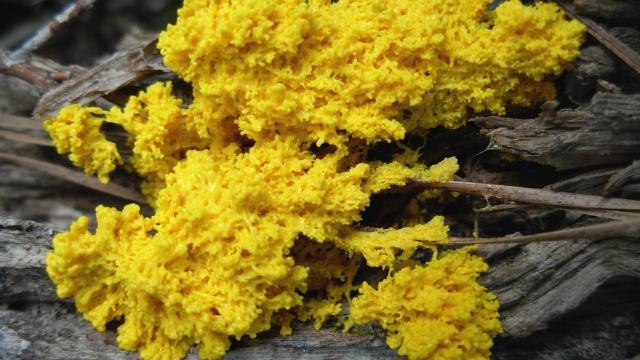You probably don’t give too much thought to slime molds — the bizarre, colonial organisms that look like blobs of goo. But these underrated creatures have some surprising talents, including designing sophisticated transportation networks. Wait, what?
That’s a fact which has been recently demonstrated by a study in The Journal of Archaeological Science: Reports, wherein researchers use the bright yellow slime mould Physarum polycephalum to redraw ancient Roman road networks that crisscrossed the Balkans between the 1st and 4th century AD. And as research assistants go, slime molds come on the cheap: They ask only for oatmeal.
“Slime mould” is a broad term referring to a diverse and ancient group of organisms that reproduce using spores and are known for their slimy, vegetative secretions. Many slime molds are actually comprised of single celled organisms that spend most of their time separate, banding together to form a single, moving body of slime when times are tough.

Myxogastria Image: Geoff Galice
In recent years, scientists have discovered that slime molds possess an unusual form of intelligence within their gooey hive-minds. They can solve mazes and take on different appearances depending on where they’re growing. But the talent that really interests researchers is the slime mould’s ability to find the most mathematically efficient path between food sources. Several years back, researchers grew slime molds on a map of the United States, using clusters of oats (slime molds love oats, apparently) to represent densely populated urban areas. The slime molds ate their way across the country, creating a “road network” that’s more efficient than our current interstate highway system.

“Lava lamp” slime molds. Image: US Geological Survey Bee Inventory and Monitoring Lab
In the present study, archaeologists were interested in seeing whether hungry slime molds could reproduce a Roman military road network that traversed the Balkans in ancient times. They grew the molds on a map of the Balkans made of agar gel, placing oat flakes at strategic locations representing 17 major Roman cities. Sure enough, the slime molds produced an accurate representation of the road network, which was known from historical documents.
This initial success offers hope that slime molds may, in the future, help archaeologists reconstruct lesser-known human migration pathways, those that have been completely erased by time. The future of archaeological discovery, it’d seem, may depend on slime. And oat flakes. [JASR via Popular Science]
Top image via Wikimedia
